Proteas in Pots - II
greystoke
16 years ago
Related Stories

KITCHEN DESIGNNew Year's Resolutions for Your Kitchen, Part II
Here's how to make your new kitchen more functional and fabulous this year
Full Story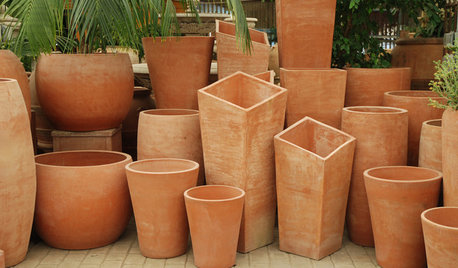
CONTAINER GARDENSBeat the Frost With Natural Terra-Cotta Containers
Here's how to protect your pots during the cold winter months
Full Story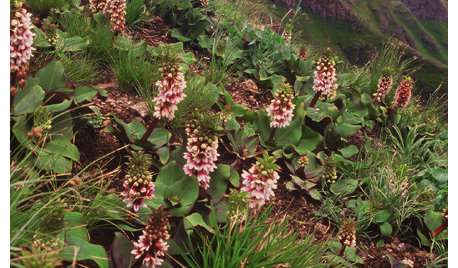
GARDENING GUIDES3 Exotic Flowers From the South African Wild
Add an enticing note to a garden border or patio container with these sophisticated and memorable African plants
Full Story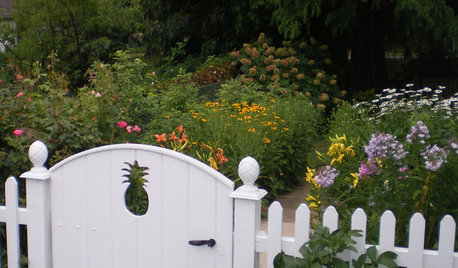
DECORATING GUIDESDesign Mystery: Why Do Pineapples Sprout Up in Home Design?
Early Americans were bananas about pineapples — and we’re still reaping the benefits of the sweet fruit’s symbolism today
Full Story
HOMES AROUND THE WORLDHouzz Tour: Simplicity and Style in a New Zealand Beach House
A welcoming, modern year-round home that fits in with the community suits a surfing family
Full Story
MOST POPULARWhy We Love Midcentury Modern Design
There's a method to all this 'Mad Men'-ness — just look to psychology, tough times and, believe it or not, Apple
Full Story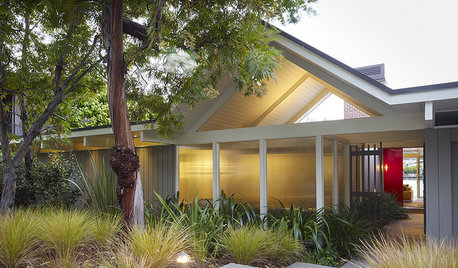
ARCHITECTURERoots of Style: Midcentury Styles Respond to Modern Life
See how postwar lifestyles spawned a range of styles, including minimalist traditional, ranch, split level and modern shed. What's next?
Full Story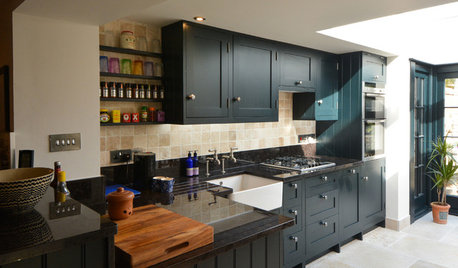
TRADITIONAL HOMESHouzz Tour: Careful Renovation of a 17th-Century English Cottage
Custom furniture, an open layout and a few playful surprises, including a secret doorway, bring this historic cottage into the 21st century
Full Story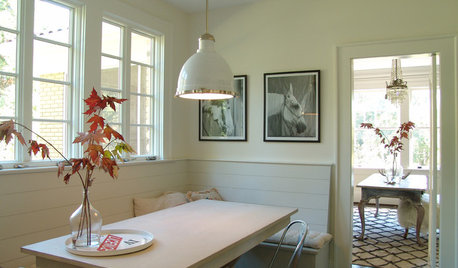
FEEL-GOOD HOMESimple Pleasures: Make Do and Mend
Experience the satisfaction of fixing, repurposing and creating things yourself around the home
Full Story
TRANSITIONAL HOMESHouzz Tour: New Comforts in the Cotswolds
An elegant renovation brings contemporary color and other updates to a historic Arts and Crafts home
Full StorySponsored






rob_rah
greystokeOriginal Author
Related Professionals
Beavercreek Landscape Architects & Landscape Designers · Waterbury Landscape Contractors · Allentown Landscape Contractors · Bound Brook Landscape Contractors · Cedar Hill Landscape Contractors · Corona Landscape Contractors · Estelle Landscape Contractors · Fruit Heights Landscape Contractors · Lancaster Landscape Contractors · Palatine Landscape Contractors · Sammamish Landscape Contractors · Dunkirk General Contractors · Redan General Contractors · Rossmoor General Contractors · Waipahu General Contractorsrob_rah
greystokeOriginal Author